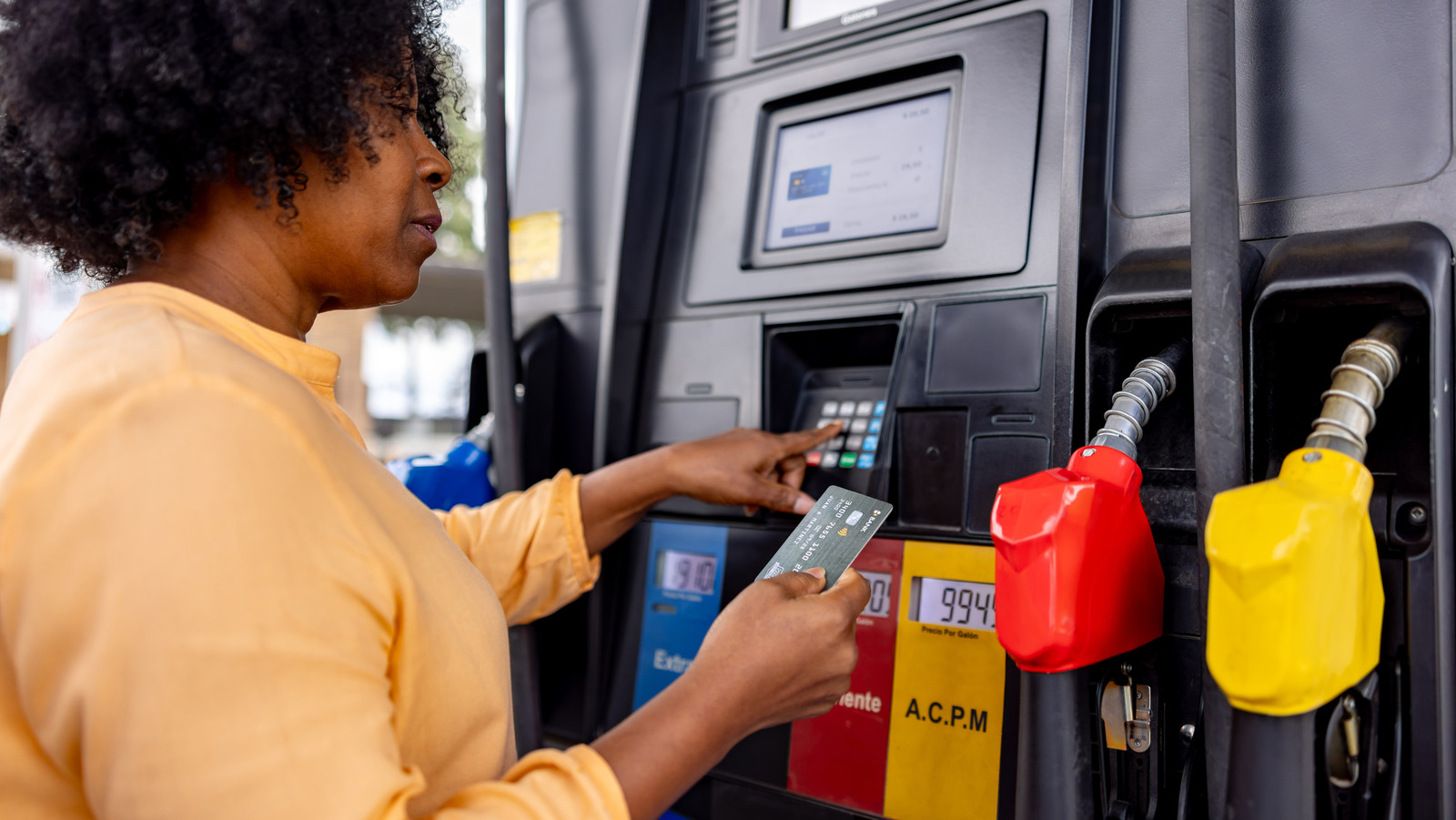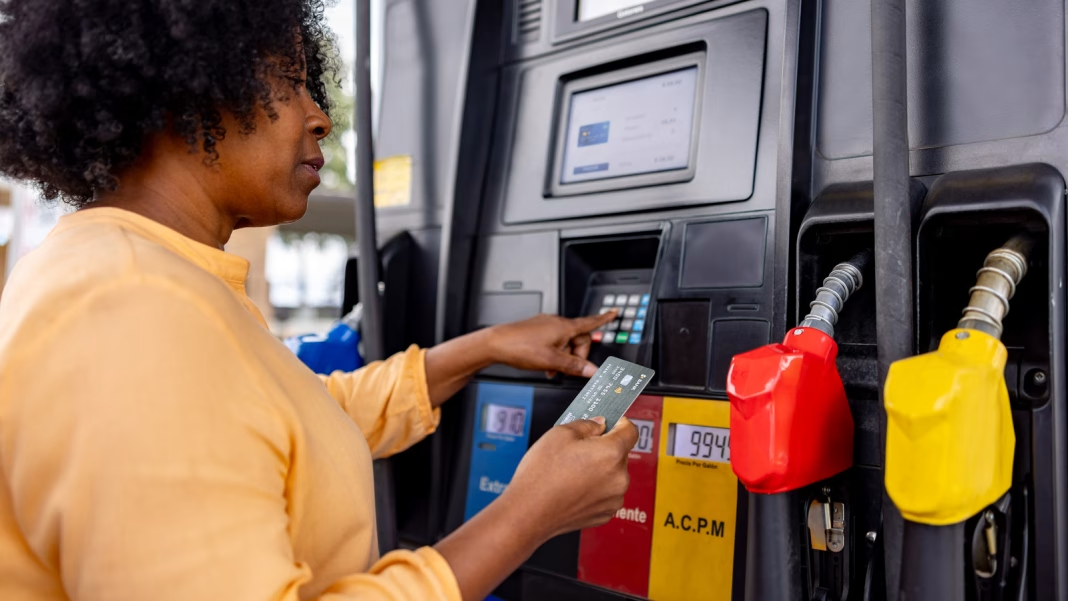How Can You Tell If a Card Skimmer Is Lurking at the Pump?
Ever pulled up to a gas station, swiped your card, and felt a twinge of worry about whether your info is safe? You’re not alone. Card skimmers—those sneaky devices that steal your card data—are getting more sophisticated, but there are still some telltale signs you can watch for before you fill up.
Start by giving the card reader a quick once-over. Does the card slot look bulkier or misaligned compared to the one at the next pump? Skimmers are often attached over the real reader and might wiggle or feel loose if you tug gently. If the keypad feels thicker than usual or the buttons are hard to press, that’s another red flag. And don’t forget to check for tiny cameras or odd-looking attachments near the keypad—these can be used to capture your PIN.
Why Are Gas Stations and ATMs Prime Targets for Skimmers?
Gas stations and ATMs are favorite hunting grounds for scammers, and there’s a good reason. Many pumps and machines are outdoors, sometimes far from the cashier or security cameras. This gives thieves more time to install their devices without being noticed. According to a 2023 report from the U.S. Secret Service, card skimming at fuel pumps has surged by over 20% in the past two years, costing consumers and banks hundreds of millions annually.
Older pumps are especially vulnerable. Many still use outdated technology that’s easier to tamper with, and some lack tamper-evident security stickers. If you see a broken or missing security seal on a pump, that’s a big warning sign—report it to the attendant and choose another pump.
What Steps Can You Take If You Can’t Spot a Skimmer?
Let’s be real: Some skimmers are so well-hidden that even a careful inspection won’t reveal them. But you’re not powerless. One of the best ways to protect yourself is to use contactless payment methods like tap-to-pay or mobile wallets (think Apple Pay or Google Pay). These options don’t transmit your card’s magnetic stripe data, making it much harder for skimmers to steal your info.
If you must use your card, opt for credit over debit. Credit cards offer better fraud protection and don’t link directly to your bank account, so you’re less exposed if your data is compromised. And always cover your hand when entering your PIN—just in case there’s a hidden camera nearby.
What Should You Do If You Suspect Your Card Has Been Skimmed?
If you notice unauthorized charges, act fast. Contact your bank or card issuer immediately—they can freeze your account and help you dispute fraudulent transactions. Most banks have zero-liability policies for credit cards, but time is of the essence. According to the Federal Trade Commission, reporting fraud within two business days limits your liability to $50 for debit cards; wait longer, and your risk jumps dramatically.
It’s also smart to set up transaction alerts on your accounts. That way, you’ll get a text or email every time your card is used, making it easier to catch suspicious activity right away.
Are There Any Real-World Examples That Show How Skimming Happens?
Absolutely. In 2022, a group in Texas was caught after installing dozens of skimmers at gas stations across three counties. They disguised the devices so well that even employees missed them during routine checks. It wasn’t until a customer noticed the card slot felt loose that the scam was uncovered. Stories like this aren’t rare—law enforcement agencies nationwide report hundreds of similar cases each year.
The big takeaway? Staying safe at the pump isn’t about perfection—it’s about smarter adjustments. Start with one change this week, and you’ll likely spot the difference by month’s end.


